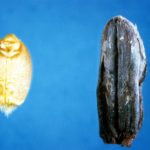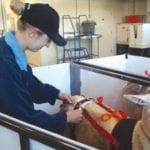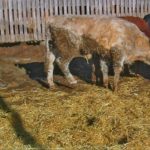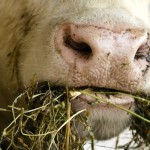The Beef Cattle Research Council recently posted an article on mycotoxins and how they affect beef cattle. Mycotoxins are produced by certain types of fungi. Fusarium and ergot are two of the most common causes. Mycotoxins can be found in green pasture, cereal swaths, standing corn for winter grazing, cured and ensiled grass, cereal forages […] Read more









